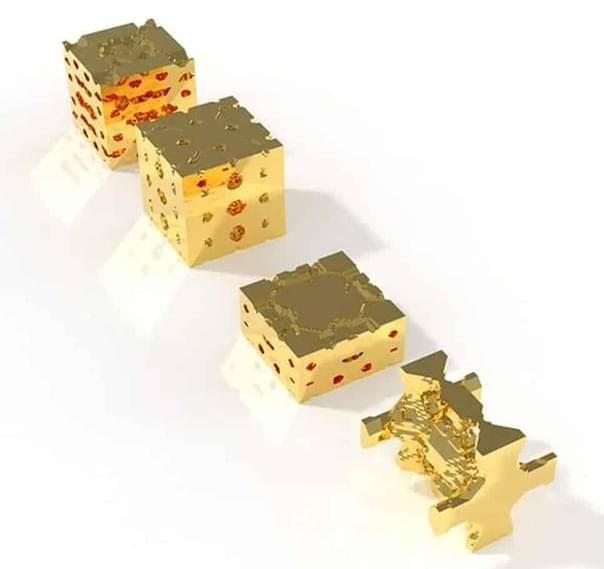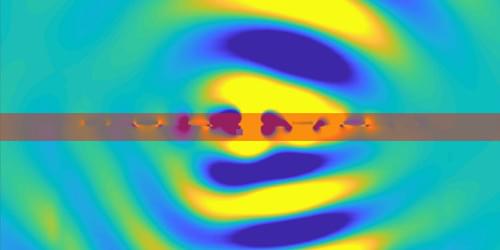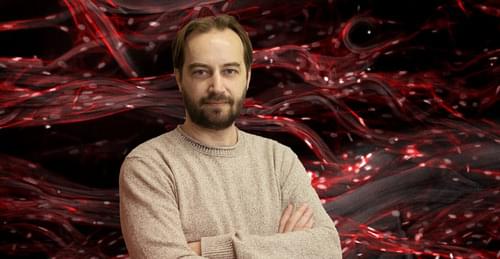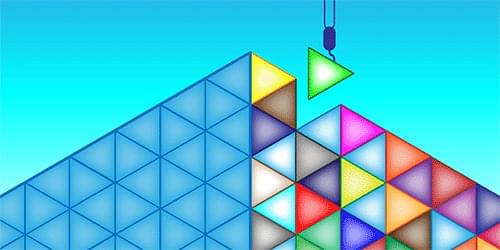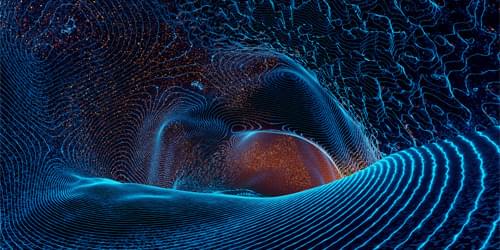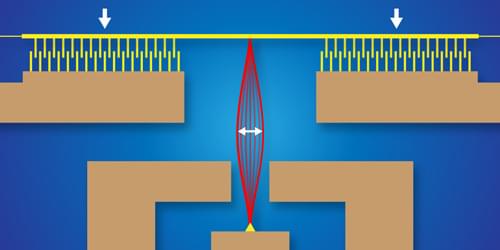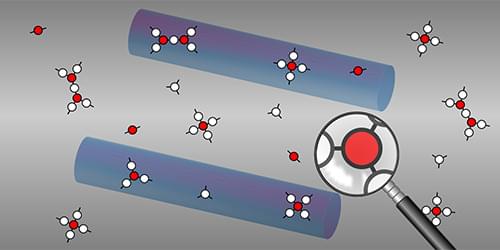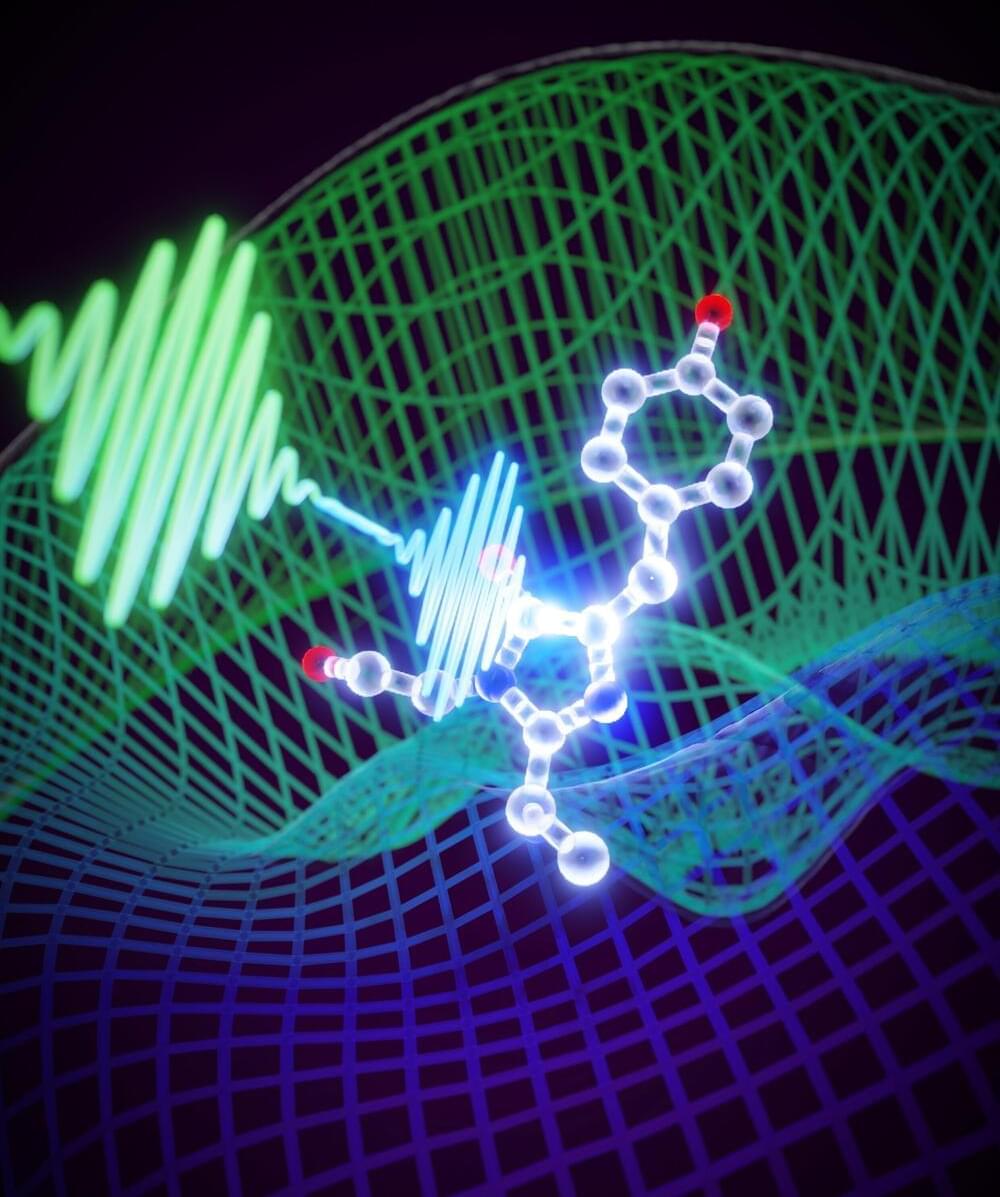With just a couple of “pieces of matter”—representations of one basic unit of a material—the new platform can create thousands of previously unknown morphologies, or structures, with the properties Amir Alavi specified.(Credit: Amir Alavi/U. Pittsburgh)
In a paper published in the journal Advanced Intelligent Systems, Amir Alavi, assistant professor of civil and environmental engineering in the University of Pittsburgh’s Swanson School of Engineering, outlines a platform for the evolution of metamaterials, synthetic materials purposefully engineered to have specific properties.
